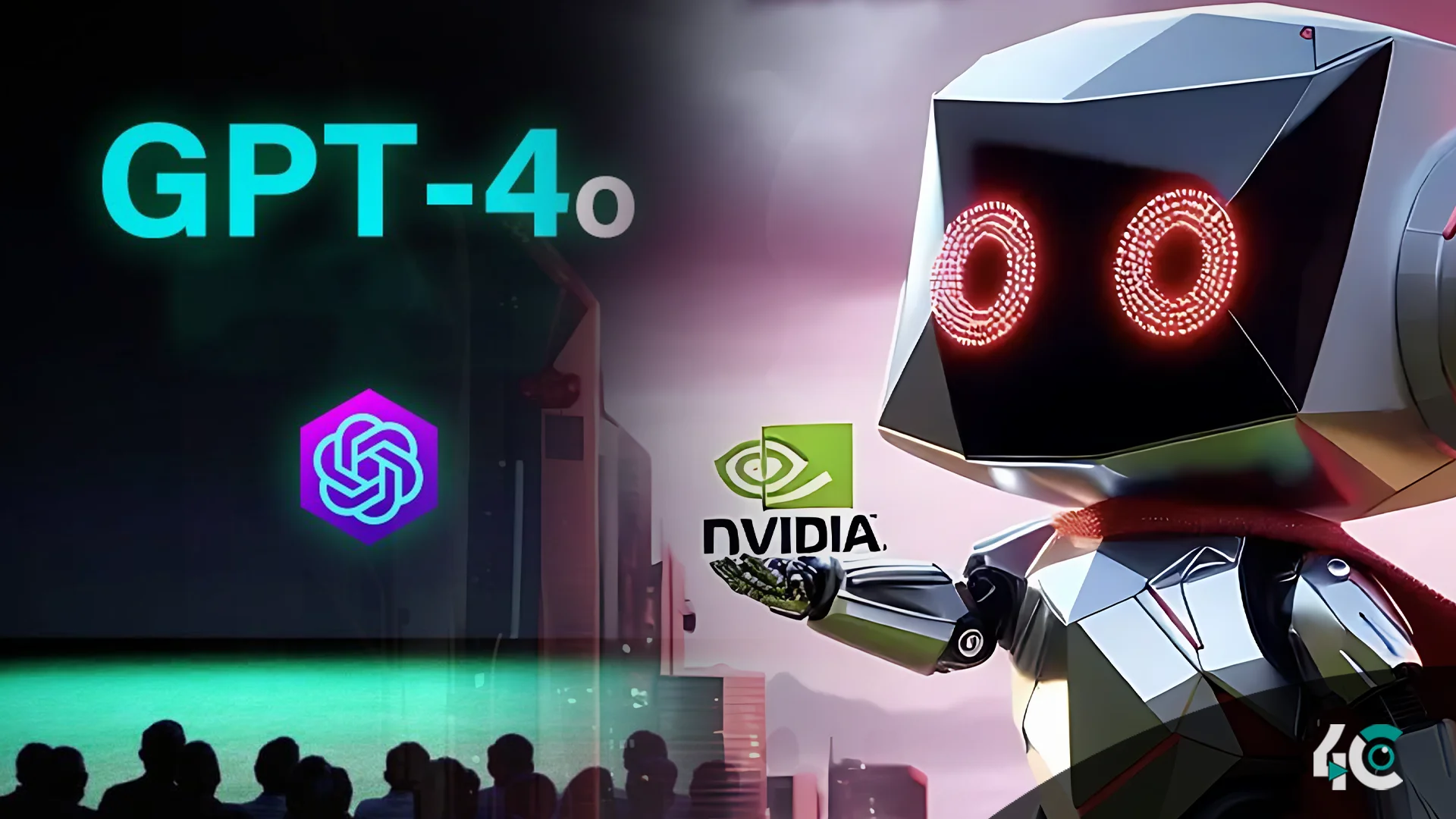With the stealthy introduction of its latest artificial intelligence model, Llama-3.1-Nemotron-70B-Instruct, on October 15, Nvidia has created news. Over several benchmark tests, this sophisticated model is said to surpass well-known artificial intelligence systems such OpenAI’s GPT-4o and Anthropic’s Claude-3.
Building on Meta’s Llama-3.1 framework, the Llama-3.1-Nemotron-70B-Instruct model integrates Nvidia’s improvements to produce a more efficient and user-friendly AI tool. It is meant to help developers provide human-like replies for a range of chores, including coding support and broad questions.
Our Llama-3.1-Nemotron-70B-Instruct model is a leading model on the 🏆 Arena Hard benchmark (85) from @lmarena_ai.
— NVIDIA AI Developer (@NVIDIAAIDev) October 15, 2024
Arena Hard uses a data pipeline to build high-quality benchmarks from live data in Chatbot Arena, and is known for its predictive ability of Chatbot Arena Elo… pic.twitter.com/HczLQQ6EOp
This model stands out in part for its performance on several evaluation criteria. For the Arena Hard benchmark, for example, it scored an outstanding 85, and on other tests it also received remarkable marks. These achievements establish it as a major player in the cutthroat AI scene.
Though it has just 70 billion parameters, Llama-3.1-Nemotron is smaller than some of its competitors but nonetheless quite highly competent due of its efficiency. This model shows how light-weight artificial intelligence may offer efficient answers free from the weight of too high processing requirements.
Using high-quality datasets and improved training techniques, Nvidia’s strategic approach to creating this model included This guarantees that Llama-3.1-Nemotron is not only strong but also able to provide exact and pertinent answers catered to customer requirements.
So Nvidia has released this 70b model and Reddit is comparing it to gpt-4o and Sonnet 3.5.
— Shayan (@ImSh4yy) October 16, 2024
I asked it a few coding questions I usually ask to compare LLMs and got some of the best answers from this one.
lol, holy shit.
You can try it here: https://t.co/KiYxA063hn pic.twitter.com/Cp6TM8EDHV
Since artificial intelligence benchmarking does not have a widely agreed-upon benchmark, developers frequently test several models using same questions and assess the findings. In these tests, Nvidia says Llama-3.1-Nemotron far beats its rivals; this assertion has generated buzz among the tech industry.
By indicating a change in its emphasis from hardware manufacture to software development with this launch, Nvidia positions itself as a major participant in the artificial intelligence market. This action follows a larger trend toward producing open-source models that are accessible and configurable, thereby serving a wide spectrum of uses in corporate and research. All things considered, Nvidia’s Llama-3.1-Nemotron-70B-Instruct not only shows exceptional benchmark performance but also highlights the possibility for smaller, more efficient AI models to rival industry giants. This new paradigm could open the path for creative uses and more accessibility in artificial intelligence technologies as the AI terrain develops.
































